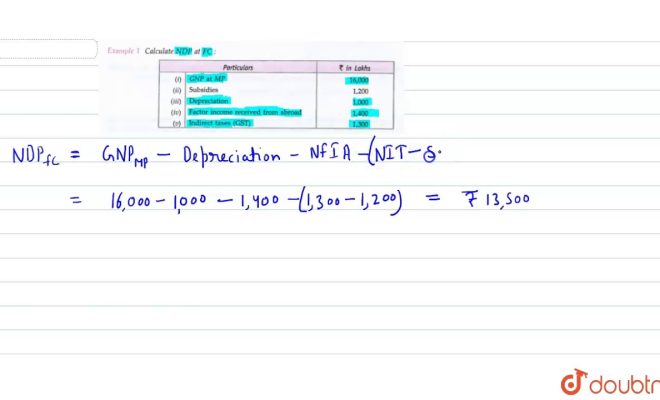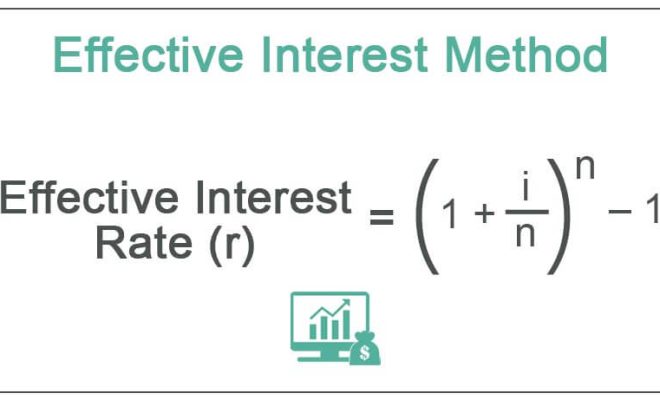How to calculate ndp

Introduction
The Net Domestic Product (NDP) is an important economic indicator that measures the total value of all goods and services produced within a country’s borders, minus depreciation. Depreciation refers to the wear and tear on capital assets like machines and equipment used in production processes. NDP is closely related to Gross Domestic Product (GDP), which measures the total output of a country without accounting for depreciation. In this article, we will explore the steps and considerations involved in calculating NDP.
Step 1: Understand the Components of GDP
Before calculating NDP, it is essential to understand the components that make up GDP. These include:
1. Consumption (C): This comprises household spending on goods and services, including groceries, healthcare, education, and rent.
2. Investment (I): This covers businesses’ investments in equipment, buildings, and other capital assets needed for production.
3. Government Spending (G): This includes all government expenditures on public goods and services such as defense, infrastructure development, and social welfare programs.
4. Net Exports (NX): This component measures the difference between a country’s exports of goods and services and its imports.
Step 2: Calculate GDP
Once you have determined each component’s values for a specific period, you can calculate GDP using the formula:
GDP = C + I + G + NX
Step 3: Identify Depreciation
Depreciation is the reduction in value of capital assets over time due to wear and tear or obsolescence. To calculate NDP accurately, we must deduct this cost from GDP.
Step 4: Calculate NDP
With GDP and depreciation determined, you can now calculate NDP using the following formula:
NDP = GDP – Depreciation
Example Calculation
Let’s say we are calculating the NDP for an economy with the following data:
– Consumption: $7 trillion
– Investment: $2 trillion
– Government Spending: $3 trillion
– Net Exports: $0.5 trillion
– Depreciation: $1.5 trillion
First, we calculate the GDP:
GDP = C + I + G + NX
GDP = $7 trillion + $2 trillion + $3 trillion + $0.5 trillion
GDP = $12.5 trillion
Next, we calculate NDP by subtracting depreciation from the GDP:
NDP = GDP – Depreciation
NDP = $12.5 trillion – $1.5 trillion
NDP = $11 trillion
In this example, the Net Domestic Product (NDP) for the economy is $11 trillion.
Conclusion
Calculating NDP allows economists and policymakers to account for the loss due to depreciation on capital assets, providing a more accurate picture of the overall economic health and productivity in a country. By understanding how to calculate NDP and its importance, you can gain valuable insights into various aspects of a country’s economic performance and make informed decisions.






